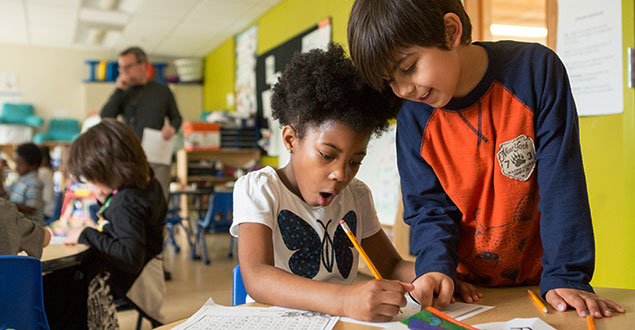Create a structured and predictable environment: Students with autism thrive in structured environments with predictable routines and schedules. This can include visual schedules and cues, consistent classroom rules and expectations, and a consistent daily routine.
Use visual aids and communication supports: Visual aids and communication supports can help students with autism understand and communicate better. This can include visual schedules, picture cards, and assistive technology like communication devices.
Implement sensory accommodations: Sensory processing can be a significant challenge for students with autism. Sensory accommodations can include providing a sensory-friendly classroom environment, allowing for sensory breaks, and providing sensory tools like fidgets and noise-cancelling headphones.
Encourage peer interactions: Social interactions can be difficult for students with autism, but they benefit from socialization opportunities with their peers. Encourage positive social interactions by implementing peer buddy programs or social skills groups.
Provide individualized instruction: Students with autism may require individualized instruction to meet their unique learning needs. This can include differentiated instruction, modifications to assignments, and individualized behavior plans.
Collaborate with parents and caregivers: Collaboration between teachers and parents/caregivers is essential in supporting students with autism. Regular communication, including progress updates and goal-setting, can help ensure consistency and continuity between the home and school environments.
Develop a positive relationship with the student: Building a positive relationship with students with autism can help create a supportive and trusting classroom environment. Take the time to understand their interests and strengths and show interest in their progress and well-being.
In conclusion, supporting students with autism in the classroom requires a multi-faceted approach that addresses their unique needs and challenges. With a structured environment, visual aids and communication supports, sensory accommodations, peer interactions, individualized instruction, collaboration with parents/caregivers, and positive relationships, students with autism can thrive in the classroom and achieve their full potential.




